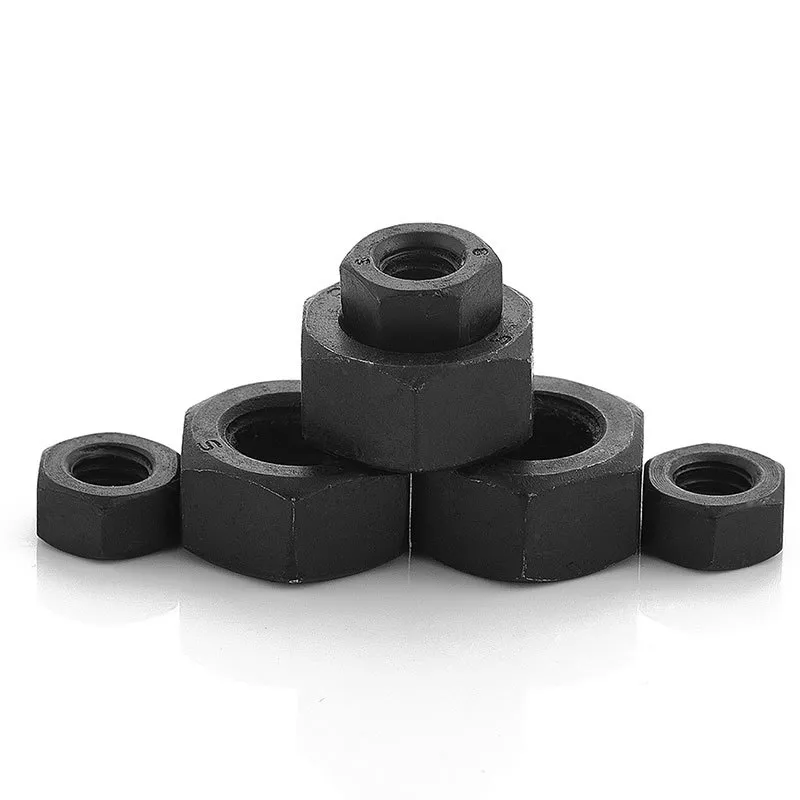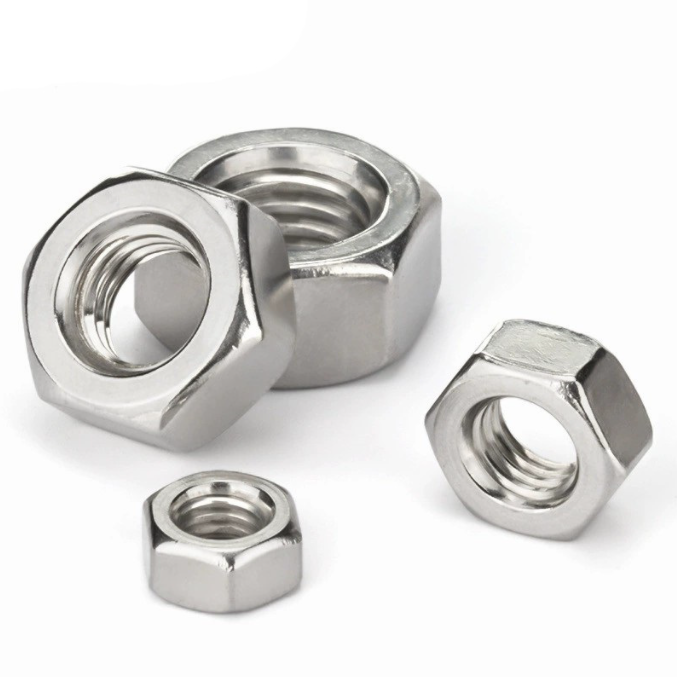

spring washer plain washer
Fev . 10, 2025 11:44 Back to list
spring washer plain washer
Spring washers and plain washers are vital elements in the realm of fasteners, playing crucial roles in ensuring durability and reliability in various applications. Understanding their distinct functionalities can significantly impact the performance and longevity of mechanical assemblies.
The credibility and performance guarantees of these components are often backed by rigorous standards set by authoritative bodies. For instance, the American Society of Mechanical Engineers (ASME) and the International Organization for Standardization (ISO) provide comprehensive guidelines ensuring that washers meet certain mechanical and material requirements. Adhering to these standards is imperative, not just for quality assurance but also for maintaining trustworthiness in engineering practices. Moreover, the importance of expertise when selecting materials for these washers cannot be overstated. Factors like corrosion resistance, tensile strength, and fatigue life are key considerations that should align with the application's requirements. For example, stainless steel spring washers are preferable in humid or corrosive environments due to their enhanced resistance to rust and wear. Similarly, in high-temperature applications, materials like Inconel may be chosen for their superior ability to withstand thermal stresses. Real-world experiences demonstrate the profound impact that the right washer can have on assembly integrity. For instance, in automotive applications, using the correct spring washer can prevent parts from loosening due to engine vibrations, significantly enhancing vehicle safety and performance. In electronics, where space is often at a premium, wave washers can offer efficient load distribution without compromising on assembly compactness. In conclusion, both spring washers and plain washers serve distinct, but equally important roles in securing fastener assemblies. Their appropriate selection, based on robust expertise and standardized guidelines, ensures both enhanced product performance and reliability. This understanding not only empowers engineers and designers with the confidence needed to tackle complex design challenges but also assures consumers of the durability and safety of the products they depend on. By embracing the nuanced roles of these components, industries can optimize their mechanical systems for peak efficiency and longevity.


The credibility and performance guarantees of these components are often backed by rigorous standards set by authoritative bodies. For instance, the American Society of Mechanical Engineers (ASME) and the International Organization for Standardization (ISO) provide comprehensive guidelines ensuring that washers meet certain mechanical and material requirements. Adhering to these standards is imperative, not just for quality assurance but also for maintaining trustworthiness in engineering practices. Moreover, the importance of expertise when selecting materials for these washers cannot be overstated. Factors like corrosion resistance, tensile strength, and fatigue life are key considerations that should align with the application's requirements. For example, stainless steel spring washers are preferable in humid or corrosive environments due to their enhanced resistance to rust and wear. Similarly, in high-temperature applications, materials like Inconel may be chosen for their superior ability to withstand thermal stresses. Real-world experiences demonstrate the profound impact that the right washer can have on assembly integrity. For instance, in automotive applications, using the correct spring washer can prevent parts from loosening due to engine vibrations, significantly enhancing vehicle safety and performance. In electronics, where space is often at a premium, wave washers can offer efficient load distribution without compromising on assembly compactness. In conclusion, both spring washers and plain washers serve distinct, but equally important roles in securing fastener assemblies. Their appropriate selection, based on robust expertise and standardized guidelines, ensures both enhanced product performance and reliability. This understanding not only empowers engineers and designers with the confidence needed to tackle complex design challenges but also assures consumers of the durability and safety of the products they depend on. By embracing the nuanced roles of these components, industries can optimize their mechanical systems for peak efficiency and longevity.
Latest news
-
Premium Self Tapping Metal Screws: Strong & Easy Install
NewsAug.02,2025
-
Premium Fasteners Manufacturer | AI-Driven Solutions
NewsAug.01,2025
-
Hot Dip Galvanized Bolts - Hebei Longze | High Strength, Corrosion Resistance
NewsAug.01,2025
-
High-Strength Hot Dip Galvanized Bolts - LongZe | Corrosion Resistance, Custom Sizes
NewsAug.01,2025
-
Best Self Tapping Screws for Drywall - Fast & Secure Installation
NewsJul.31,2025
-
High-Strength Hot Dip Galvanized Bolts-Hebei Longze|Corrosion Resistance&Customization
NewsJul.31,2025

